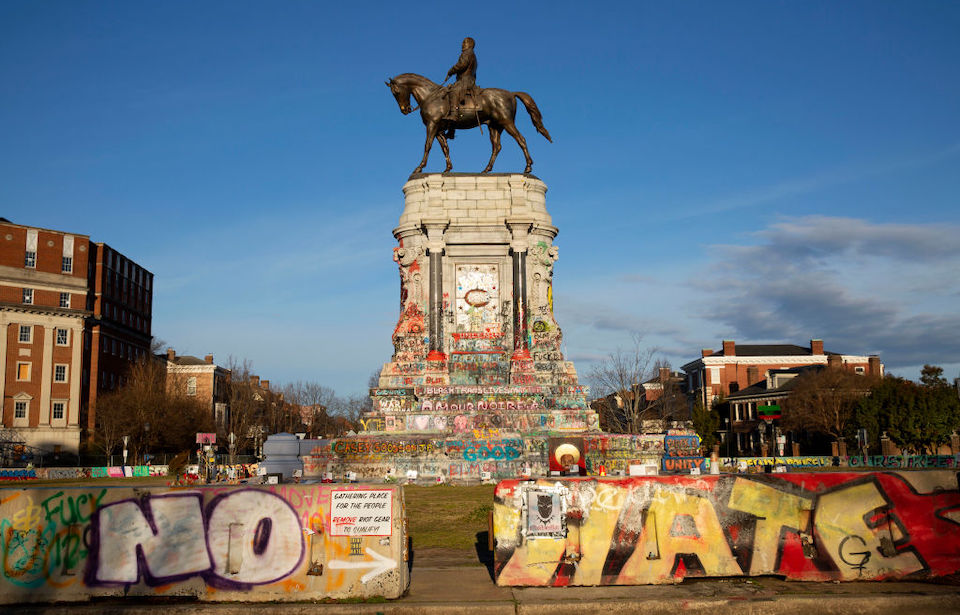Virginia’s Supreme Court has unanimously ruled on the fate of the 21-foot-tall statue of Confederate General Robert E. Lee in Richmond. The state capital served as the capital of the Confederacy for the majority of the American Civil War.
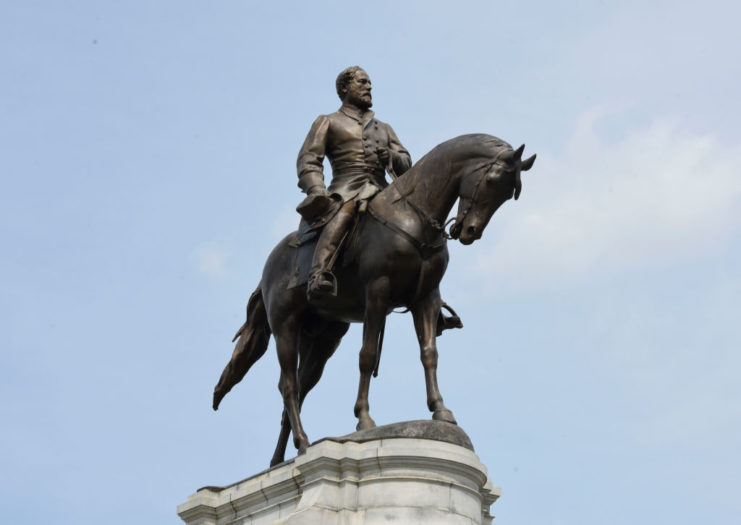
The 7-0 decision to remove the bronze statue was announced on September 2, 2021. It comes over a year after Virginia governor Ralph Northam ordered its removal and just over two months after a preliminary hearing was held to hear two lawsuits from those opposed to the governor’s decision.
The lawsuits were brought forth by a group of five local residents and William Gregory. They argued the state was duty-bound to maintain the statue under two deeds signed in 1887 and 1890. Gregory is a descendant of one of the signatories of the 1890 deed that transferred the statue and its land to the state.
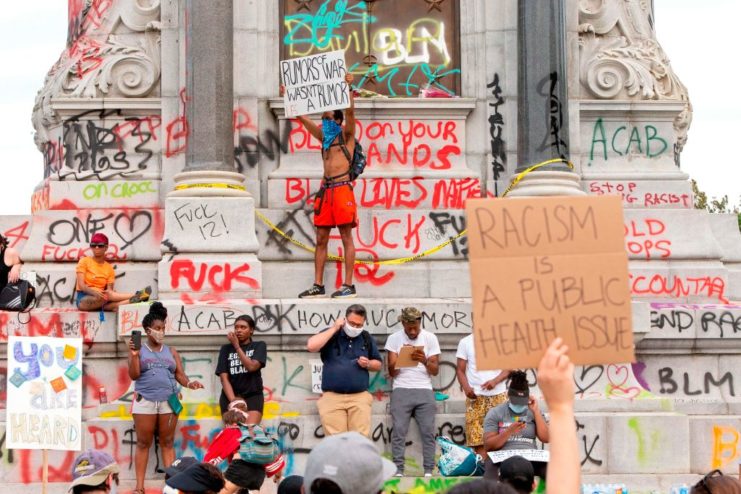
The justices disagreed with the validity of the deeds in today’s society. After hearing testimony from historians, they agreed it perpetuates slavery and the subjugation of Black Americans.
“Those restrictive covenants are unenforceable as contrary to public policy and for being unreasonable because their effect is to compel government speech, by forcing the Commonwealth to express, in perpetuity, a message with which in now disagrees,” they wrote in their decision.
“The Commonwealth has the power to cease from engaging in a form of government speech when the message conveyed by the expression changes into a message that the Commonwealth does not support, even if some members of the citizenry disagree,” they continued. “Because, ultimately, the check on the Commonwealth’s government speech must be the electoral process, not the contrary beliefs of a portion of the citizenry, or of a nineteenth-century governor and legislature.”
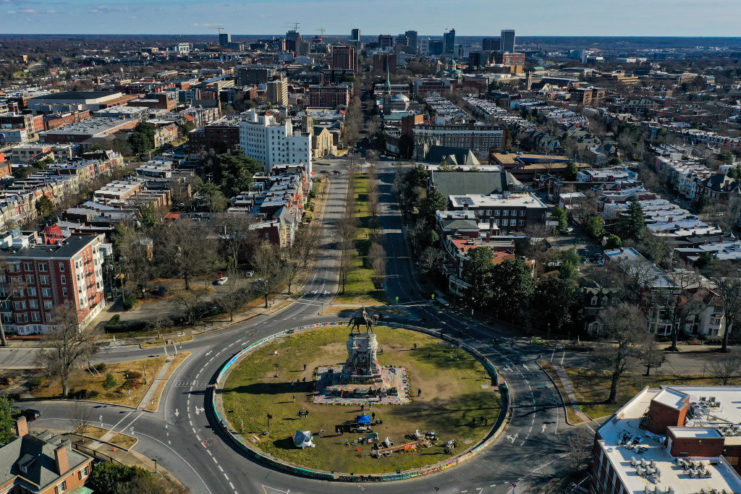
Governor Northam made the decision to remove the statue of General Lee in June 2020, just 10 days after the death of George Floyd at the hands of police officers in Minneapolis, Minnesota. Floyd’s murder sparked nationwide protests of police brutality and the racism African Americans continue to face.
The statue soon became a focal point of the Black Lives Matter movement and is considered to be the epicenter of the protests that occurred in Virginia. Its base has since been covered in graffiti, expressing the thoughts and beliefs of protestors.
At the hearing on June 8, 2021, attorneys for the plaintiffs argued that Governor Northam had exceeded his authority under the state’s constitution. However, the office for Attorney General Mark Herring countered that private citizens cannot force Virginia to maintain a monument that no longer reflects the state’s values.
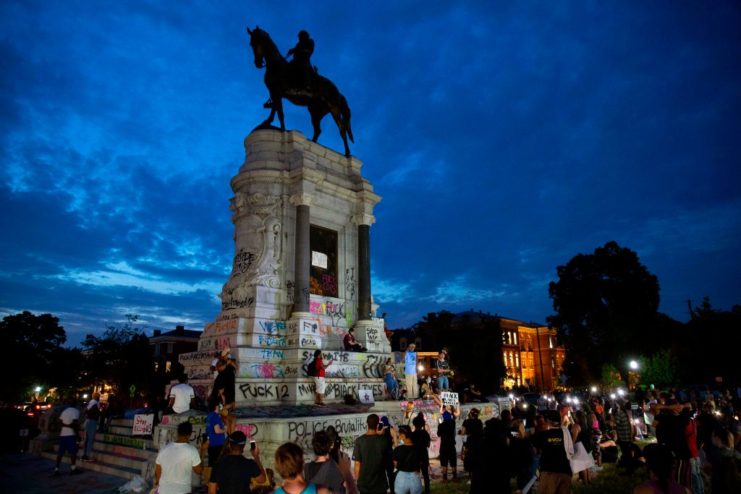
The decision to remove the Confederate statue follows a nationwide movement to remove monuments from the era, such as the removal of three statues in Charlottesville, Virginia earlier this year. The federal government has also created the Naming Commission to look into the re-naming of military installations named after Confederate generals and officials.
The statue of General Lee is one of five Confederate monuments standing along Richmond’s Monument Avenue. They were erected after the end of the Civil War and Reconstruction, but during a time when Jim Crow laws were on the rise.
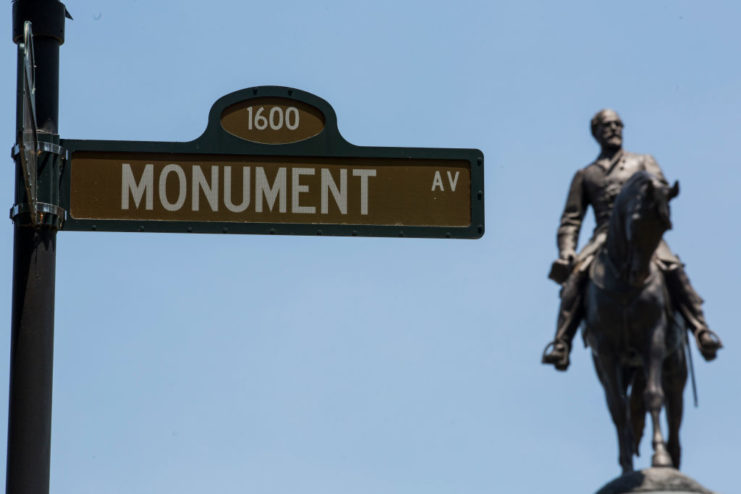
A spokesperson for Governor Northam said in a press release that the Department of General Services is currently looking into logistical and security preparations for the statue’s removal, as well as the removal of a time capsule buried within its base and that the administration will seek input from the public regarding its future.
At present, it’s expected the statue will be cut into pieces, so as to ensure it can fit beneath highway overpasses during travel to an undisclosed storage site. Its 40-foot pedestal will be left at its spot on Monuments Avenue while efforts to rethink the design of the street are decided upon.
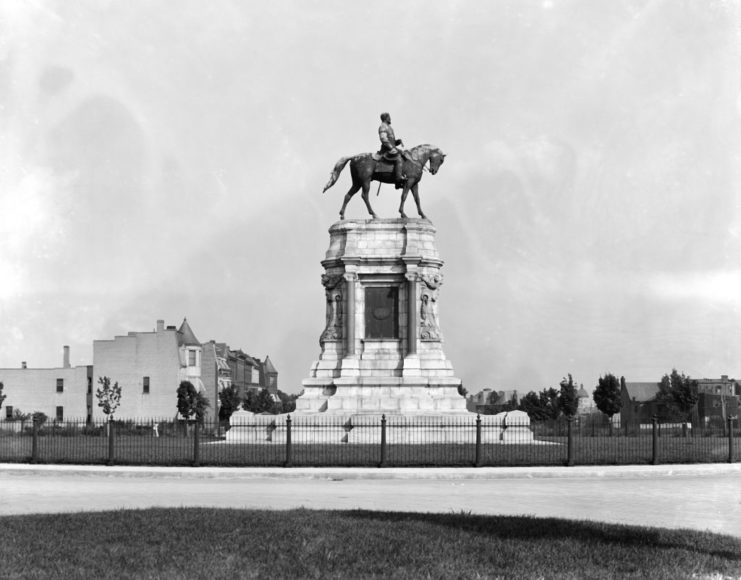
The statue was brought over to the United States from France in 1890. Upon its arrival, thousands of Virginian residents used wagons to help pull the pieces over a mile to the location at which it currently stands.
